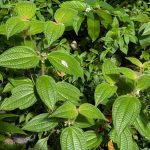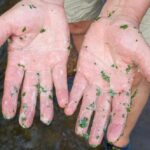White Ginger Lily (Hedychium coronarium J. Koenig) belongs to the Zingiberaceae (Ginger) botanical family. Mentawai people use the crushed stem to clean their hands after touching arrow poison or one of its two poisonous main constituents. In another article on this website, we presented a soap plant from Vietnam, which is also used as a detergent.
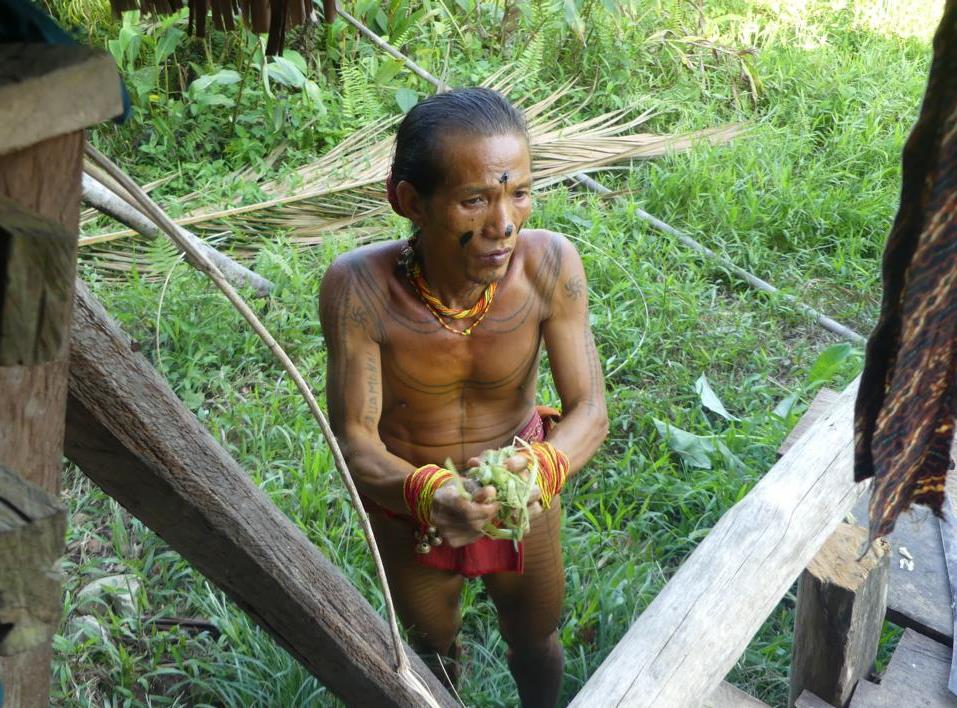
Plant description
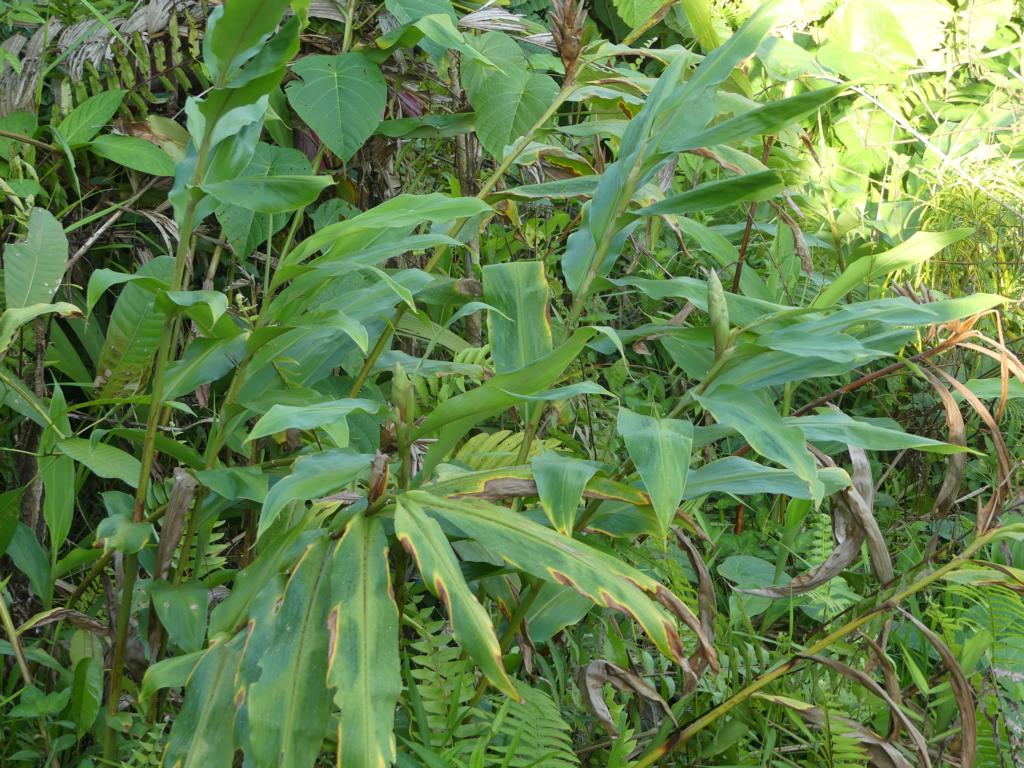
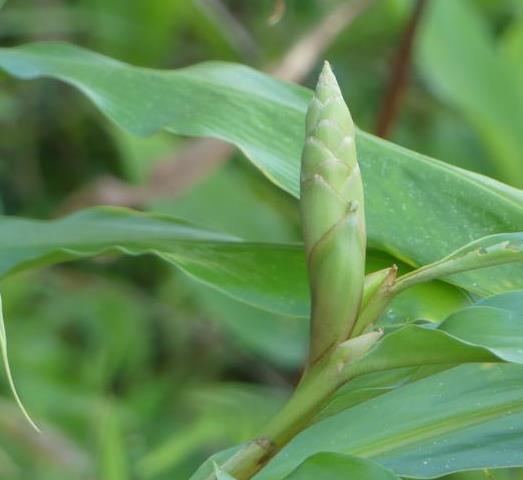
The Missouri Botanical Garden describes the White Ginger Lily in its noteworthy characteristics as follows: ‘Hedychium coronarium, commonly called white ginger lily or garland flower, is a rhizomatous tender perennial that may grow to 10’/3m tall in its native habitat, but more typically grows 3-6’/0.9-1.8m tall. Features large, lance-shaped, medium green leaves (24”/61cm long x 5”/13cm wide). In late summer to early fall, there are fragrant white flowers in dense elliptical racemes (4-8”/10-20cm long). Individual flowers purportedly resemble butterflies, hence the sometimes used common name of butterfly ginger for this species.’
Global distribution of White Ginger Lily

The plant originates most probably from the Himalayas, and its native range spans from India over Southern China and Southeast Asia to Taiwan. It was introduced to many areas worldwide and is now encroaching on large areas of the Americas, Southern Africa, and the Pacific Islands.
Use of White Ginger Lily by the Mentawai people


A stem of this perennial is cut near the roots, and the leaves will be removed. The picture shows the Mentawai interpreter, who usually lives in a village outside of the forest.
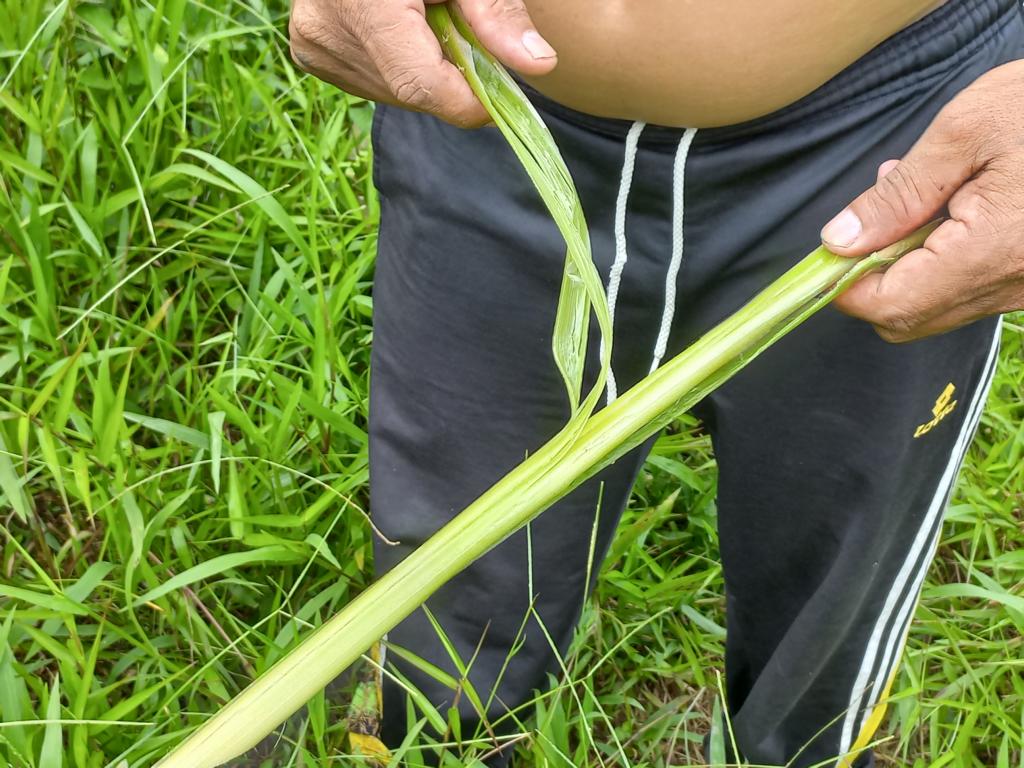
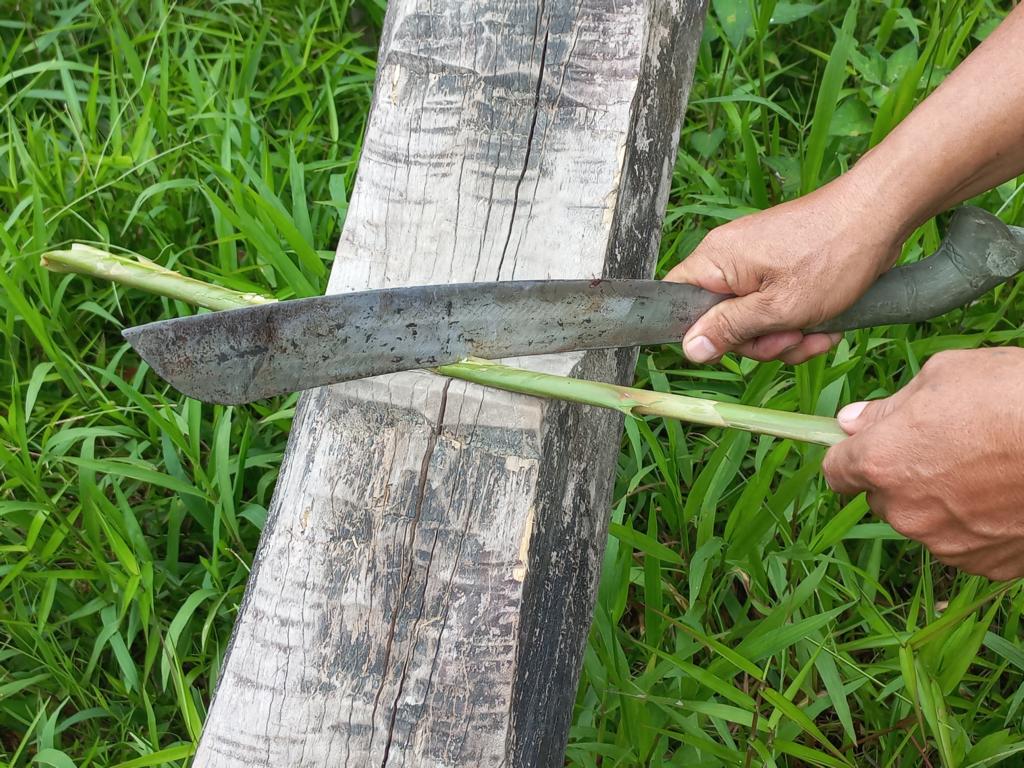
Stems have a high cellulose content of about 48% – but are nevertheless quite juicy. The length of one stem section for cleaning is around 60″/24’’. After that, the structure of the stem was broken with a blunt object. In this case, it was the backside of my machete.
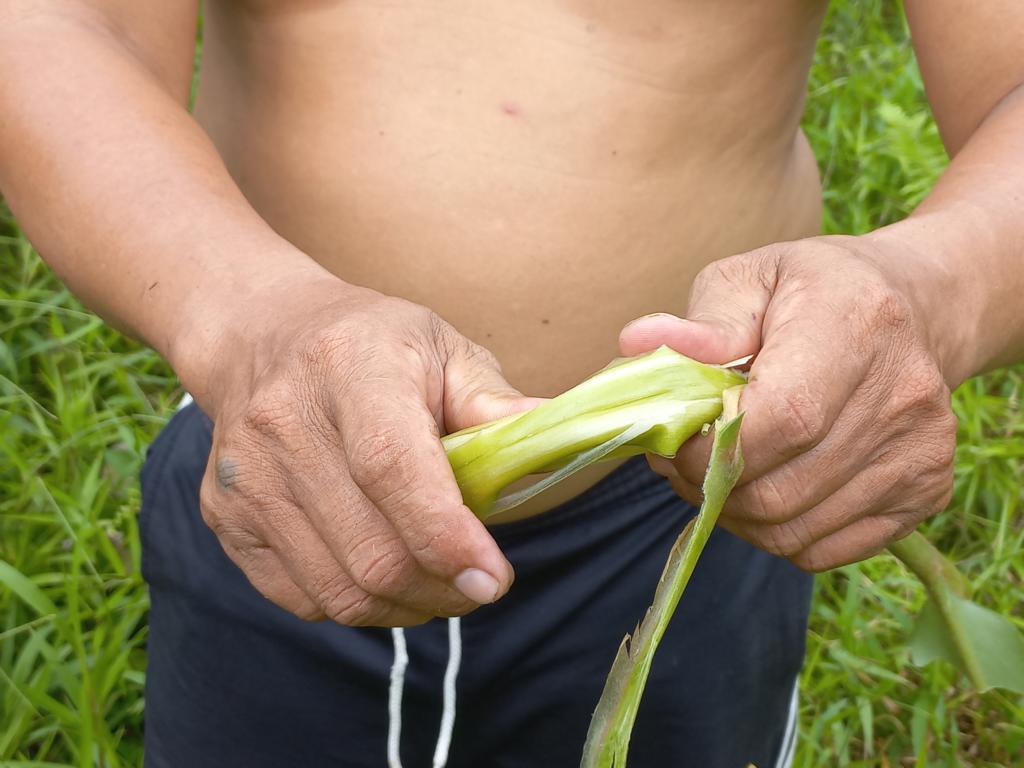
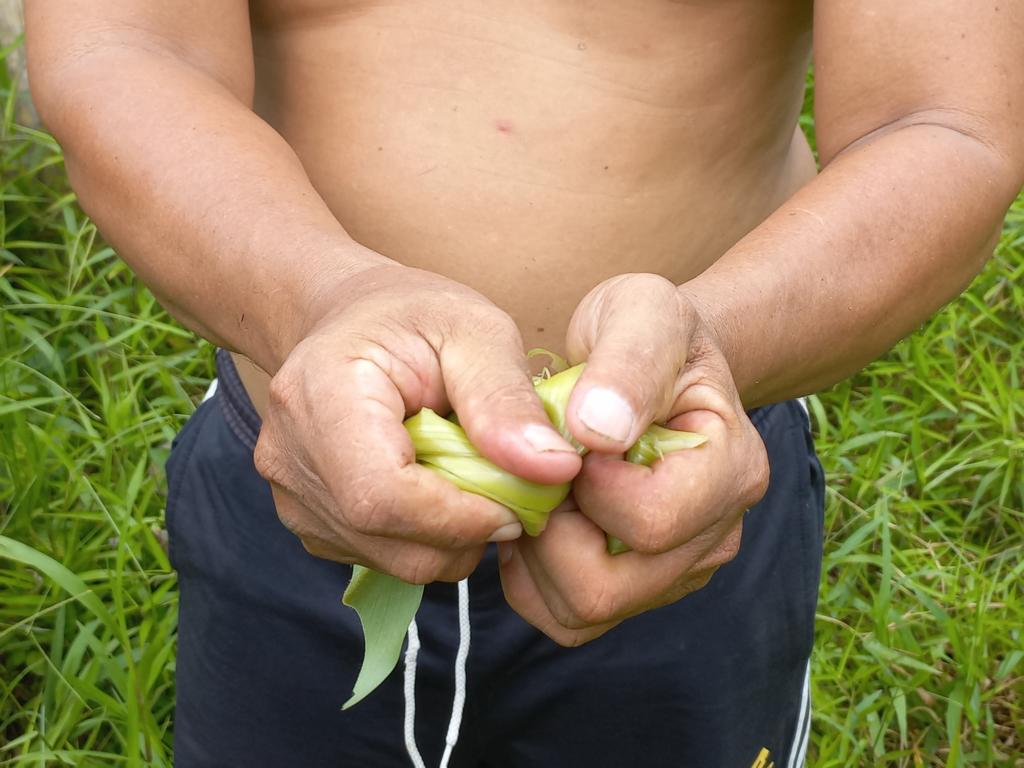
The juicy liquid inside is released by squeezing and turning the stem in all directions.
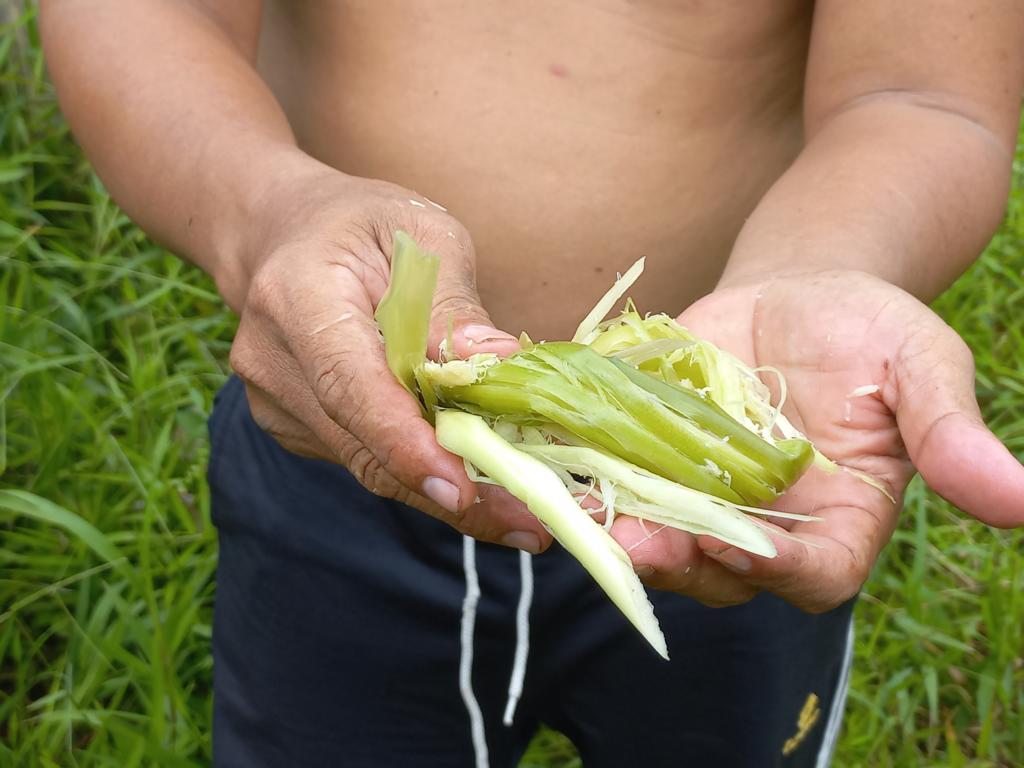
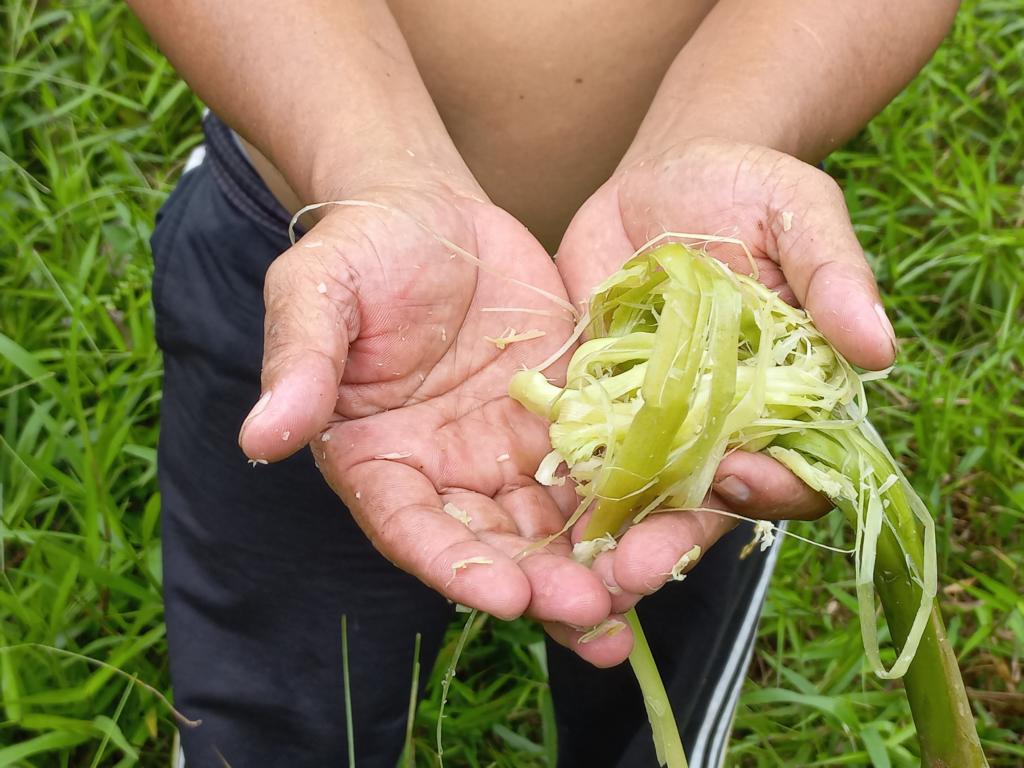
Cleaning hands involves rubbing the clear-colored liquid with the fibrous ball of the stem material around the palms and fingers. This releases a delightful smell. After rubbing, the hands feel surprisingly dry and clean.
What is the chemical effect of White Ginger Lily liquid against arrow poison and its components?
Chemical content in White Ginger Lily
The chemical contents of Hedychium coronarium in its rhizomes, leaves, and flowers are well documented. Rhizomes and leaves are used in various medical applications and as insecticides. The fragrant flowers and their essential oils are attractive to the cosmetics industry. Research on stems was done on their commercial value for the paper industry. However, stems will have a similar chemical content as the rhizomes, although in lower percentages.
According to Chaithra, B., et al, Ginger Lily rhizomes contain a plethora of chemical components that act:
- Anti-Inflammatory,
- Anti-Bacterial,
- Anti-urolithiasis (against calculi or stones that form in the urinary tract)
- Antioxidant,
- Anti-nociceptive (body’s response to potentially toxic stimuli, like harmful chemicals, mechanical injury, or adverse temperatures by the sensory nervous system)
- CNS-Depressant,
- Cancer-Chemoprevention,
- Anti-Microbial
Harmful chemicals in arrow poison
The poisonous constituents of plants used for Mentawai arrow poison are Raggi (Tabernaemontana peduncularis), which mainly contain an alkaloid. Laining’s (Derris elliptica) main toxic component is benzopyran rotenone.
Effect against arrow poison and its components
Until this article was written in February 2024, no chemical components of White Ginger Lily were known that would directly counteract alkaloids and rotenones in their various forms. Only their anti-nociceptive compounds diminish the reactions of harmful chemicals. The ‘Asian Journal of Science and Technology’ published an article about these anti-nociceptive compounds of Hedychium coronarium. It is, therefore, believed that the plant liquid will not chemically neutralize the poisonous components but reduce the body’s reaction to the chemicals in combination with mechanically rubbing them off the skin.
Lessons learned from White Ginger Liy used for cleaning hands
- White Ginger Lily is regarded as an invasive plant in many tropical and sub-tropical countries worldwide.
- All parts of the plant contain medically valuable components.
- Using the stems to clean hands after handling poisonous plants makes sense.
- The effect of these rubbings is both the mechanical removal of chemicals and the anti-nociceptive effect of the plant.
.



